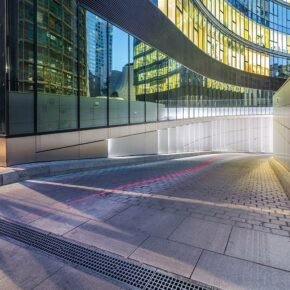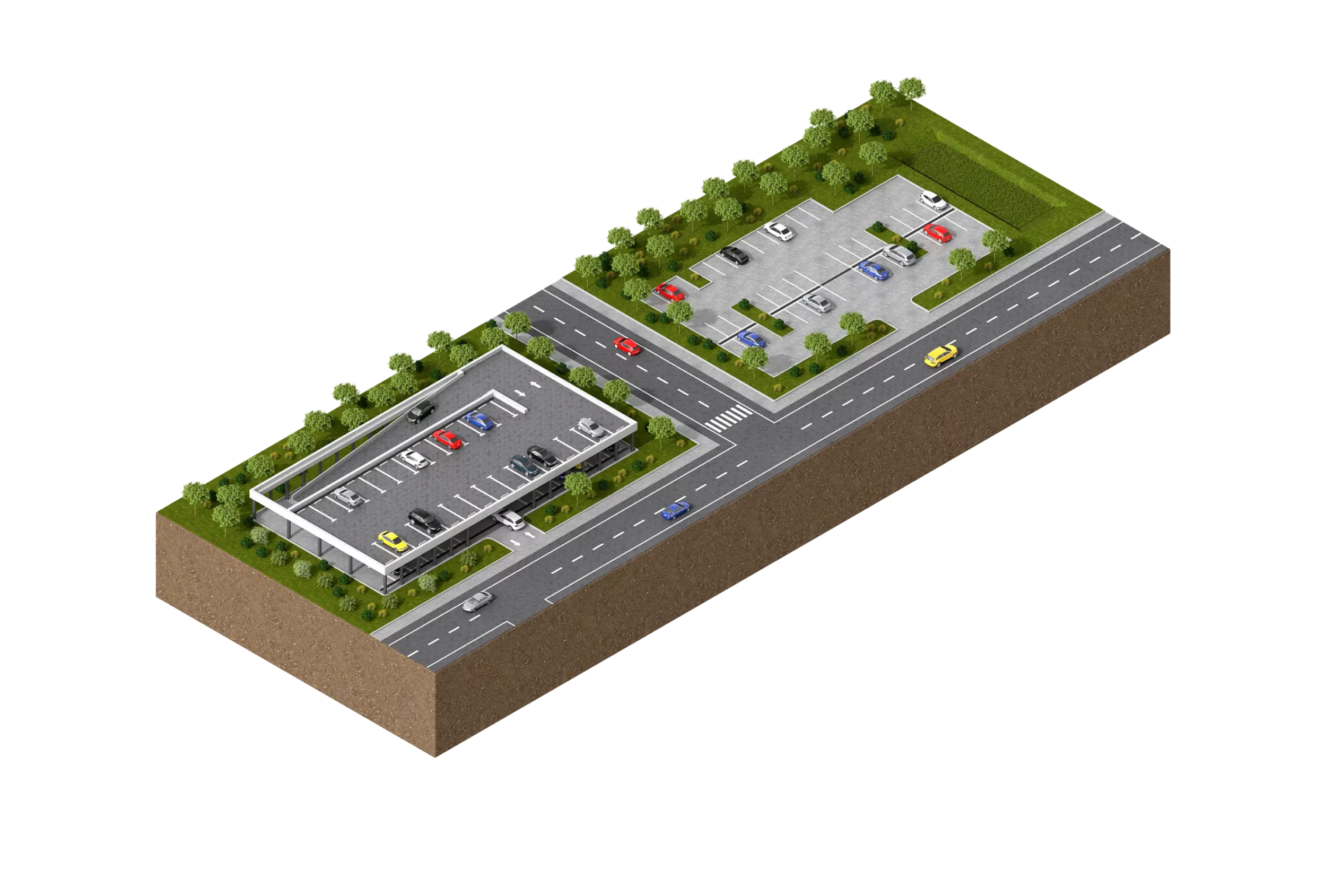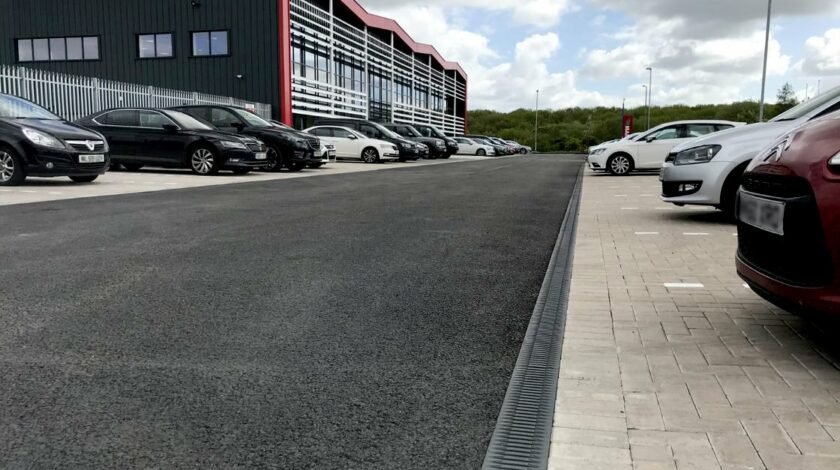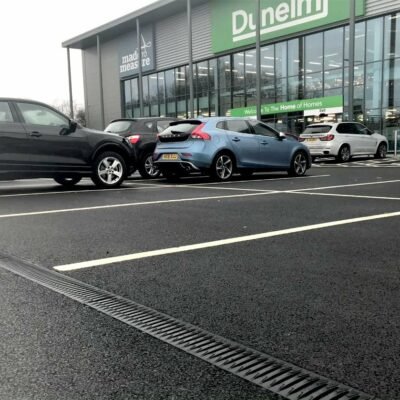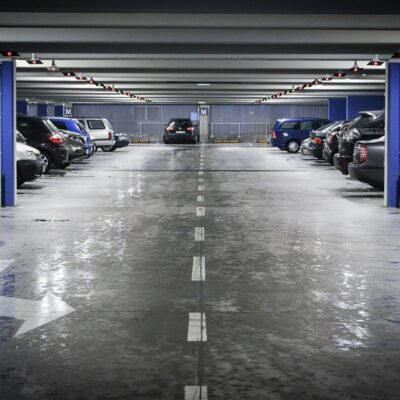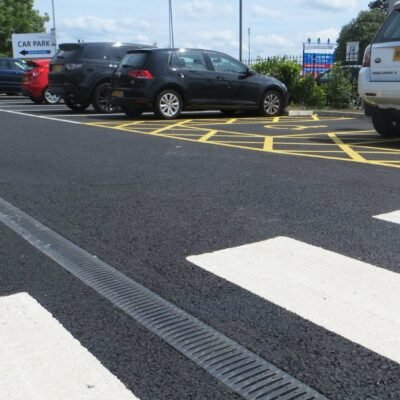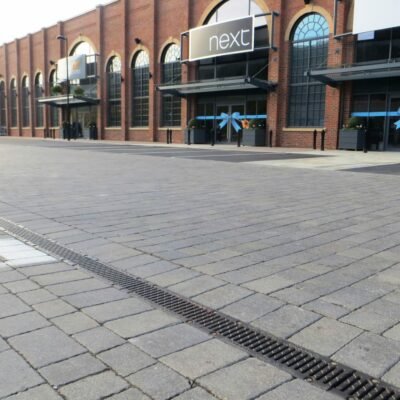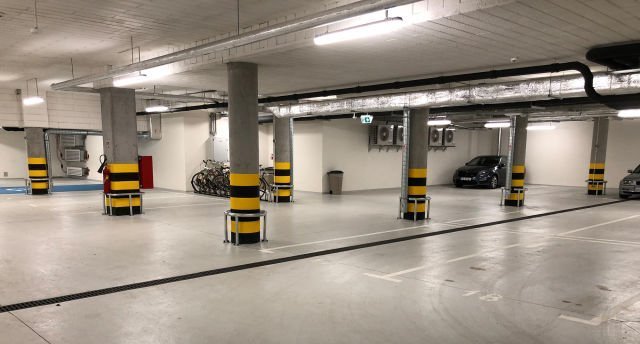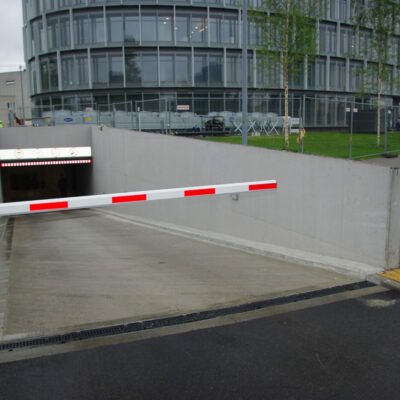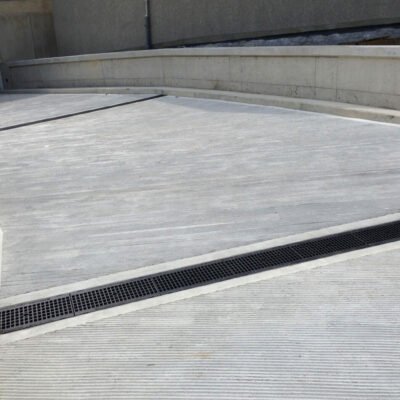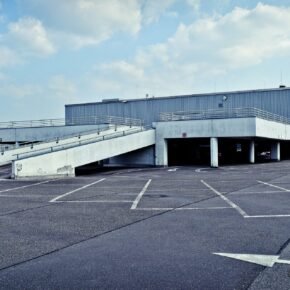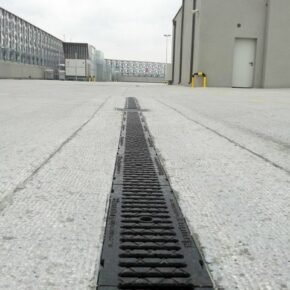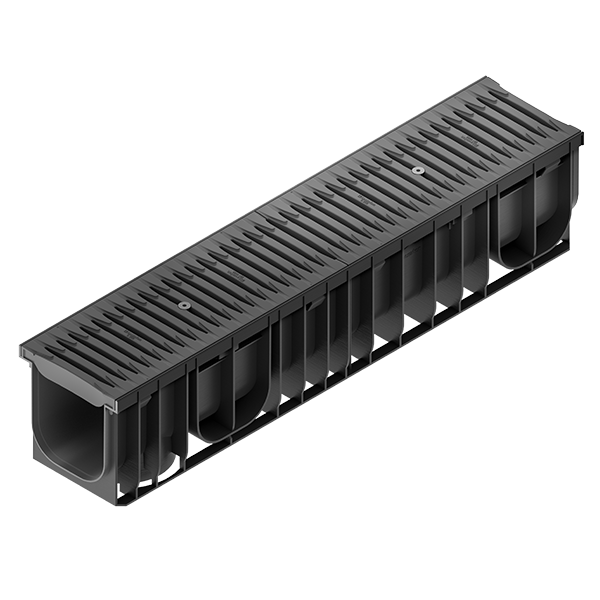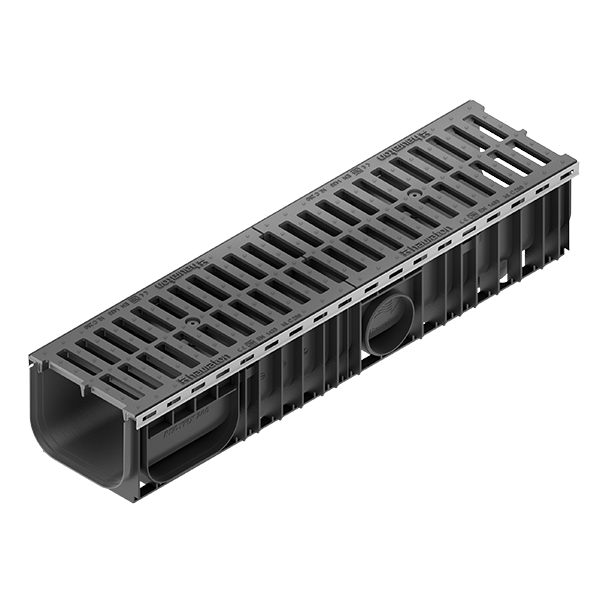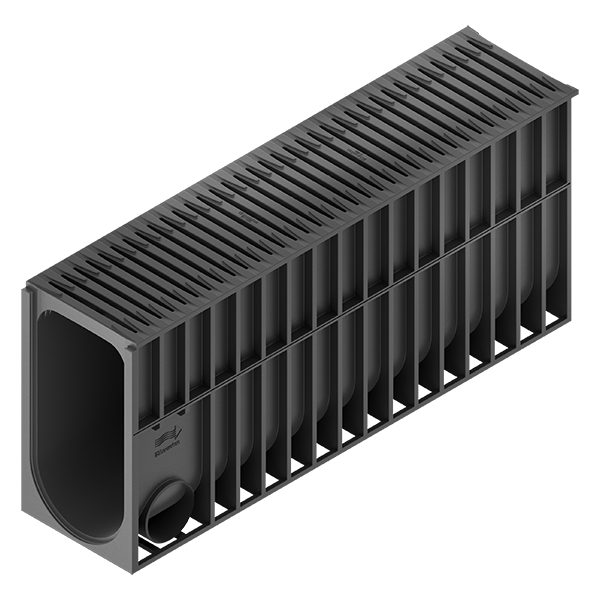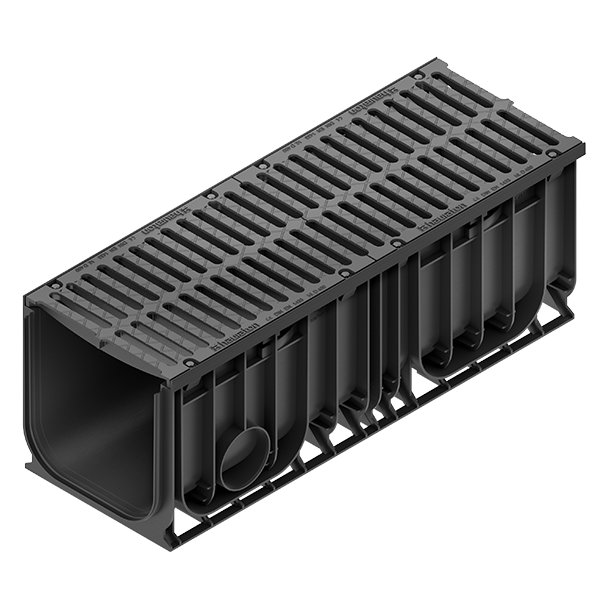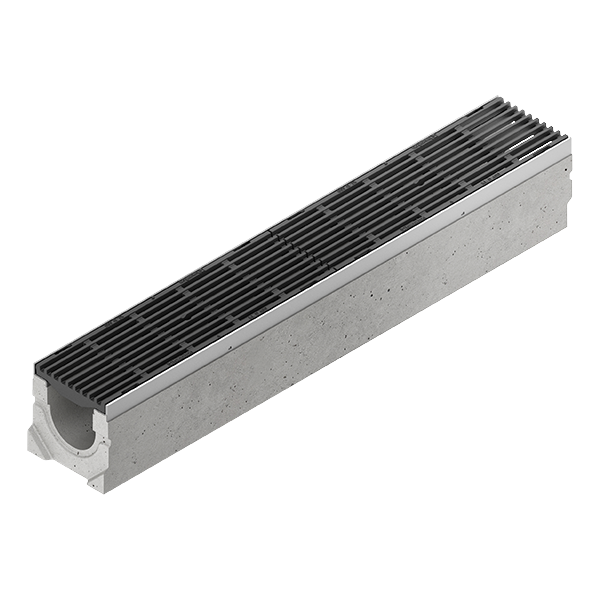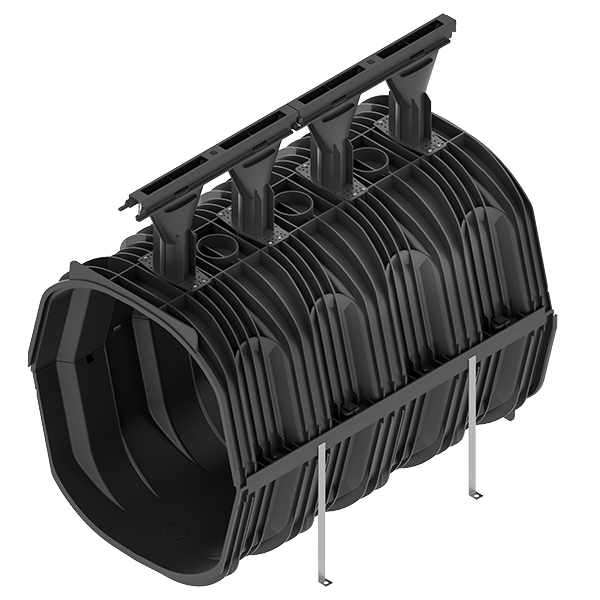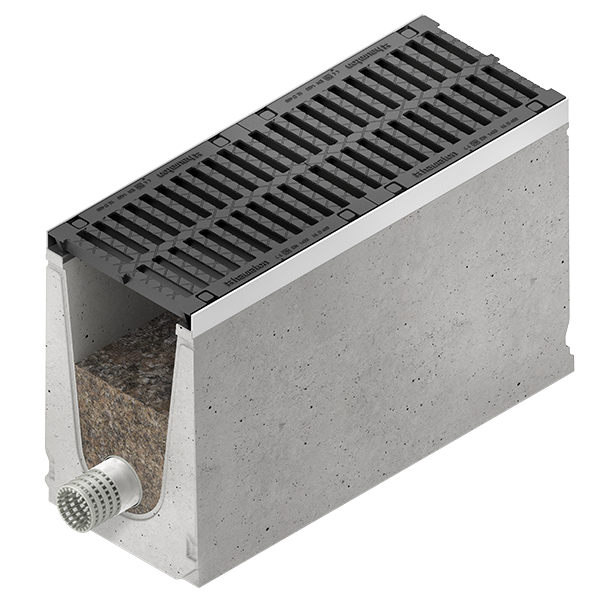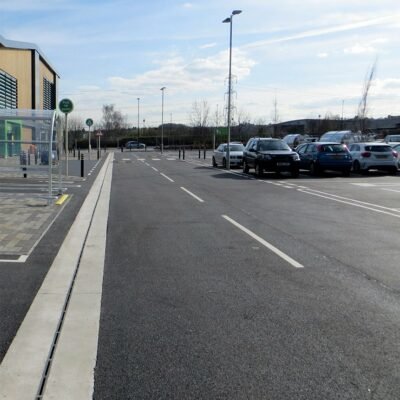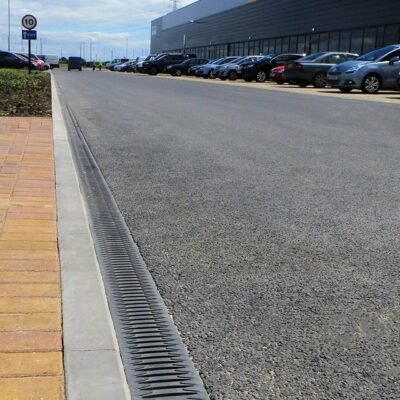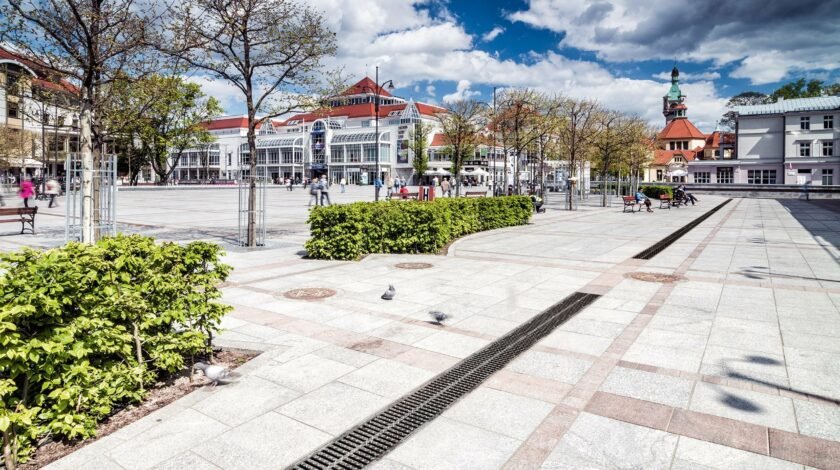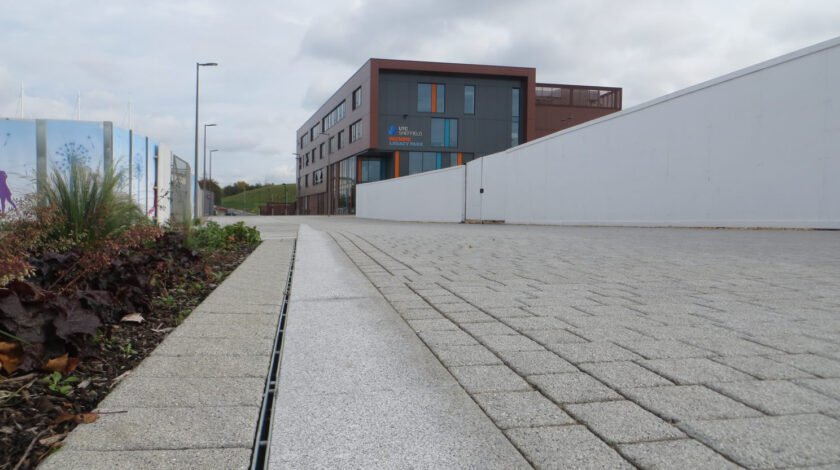Load class according to EN 1433
Load class according to EN 1433
up to D 400
up to D 400
up to D 400
up to E 600
up to F 900
up to F 900
up to F 900
Nominal width | System size
Nominal width | System size
100, 150, 200, 300
100, 150, 200, 300
100 & 200
100, 150, 200, 300, 400
100, 150, 200, 300
1000, 2000, 3000, 5000, 8000, 10000
300 – 500
Materials of the lower parts
Materials of the lower parts
Polypropylene (PP), 100 % recycled composite
Polypropylene (PP), 100 % recycled composite
Modified polypropylene
Modified polypropylene (PP), 100 % recycled composite
Fibre-reinforced concrete
Fiber-reinforced concrete or polypropylene (PP)
Angle housing
Composite frame 20 x 20 mm insertion depth
Integrated edge rail made of galvanised or stainless steel
Moulded as an integral part of the channel body
Galvanised or stainless steel frame with 20 x 20 mm insertion depth
Depending on the version with FASERFIX or RECYFIX:
Galvanised steel or cast iron frame with 40 x 40 mm insertion depth
Grating variants
– Longitudinal bar grating
– GUGI design gratings
– Mesh gratings
– FIBRETEC and METROPOLIS design gratings
⇒ Made of ductile iron, plastic, galvanised steel, stainless steel
– Perforated gratings
– Mesh gratings
– GUGI design gratings
⇒ Made of ductile iron, galvanised steel, stainless steel
Integrated award-winning FIBRETEC heelsafe design
– Design gratings FIBRETEC and METROPOLIS
– Perforated gratings
– GUGI mesh gratings
– Mesh gratings
– Longitudinal bar gratings
⇒ Made of ductile iron, composite, galvanised or stainless steel
Retained ductile iron slotted top
Special characteristics
– Pre-assembled ready for installation
– Low weight, easy to handle and install
– Channel body can be easily machined, cut to size on-site
– Pre-assembled ready for installation
– Low weight
– Steel edge rail enables straight edge of tarmacked surfaces
– Channel body made of polypropylene can be easily machined, cut, drilled on-site
– Large retention volume despite slim channel design
– Monolithic drainage channel
– Vandalism-proof
– Easy cleaning via the inspection box
– Channel and cover = one component
– Self-centring screw –> automatically finds the correct position
– Polypropylene channel body can be easily machined on site
– SIDE-LOCK, boltless locking system
– Optional bar and bolt fixing per grating
– Radial installations possible
– Large channels for retention
– Channel run without slotted top achievable, for example, under planted areas
– Cable installations can be threaded though throat voids of the channel
– Rainwater treatment by surface filtration
– DIBt approval
– Proprietary treatment system: CIRIA SuDS Manual C753 chapter 14
Gradient
– Constant depth
– Stepped fall
– Constant depth
– Stepped fall
– Constant depth
– Stepped fall
– Constant depth
– Stepped fall
– Constant depth
– Built-in fall
– Stepped fall
– Constant depth
– Stepped fall
